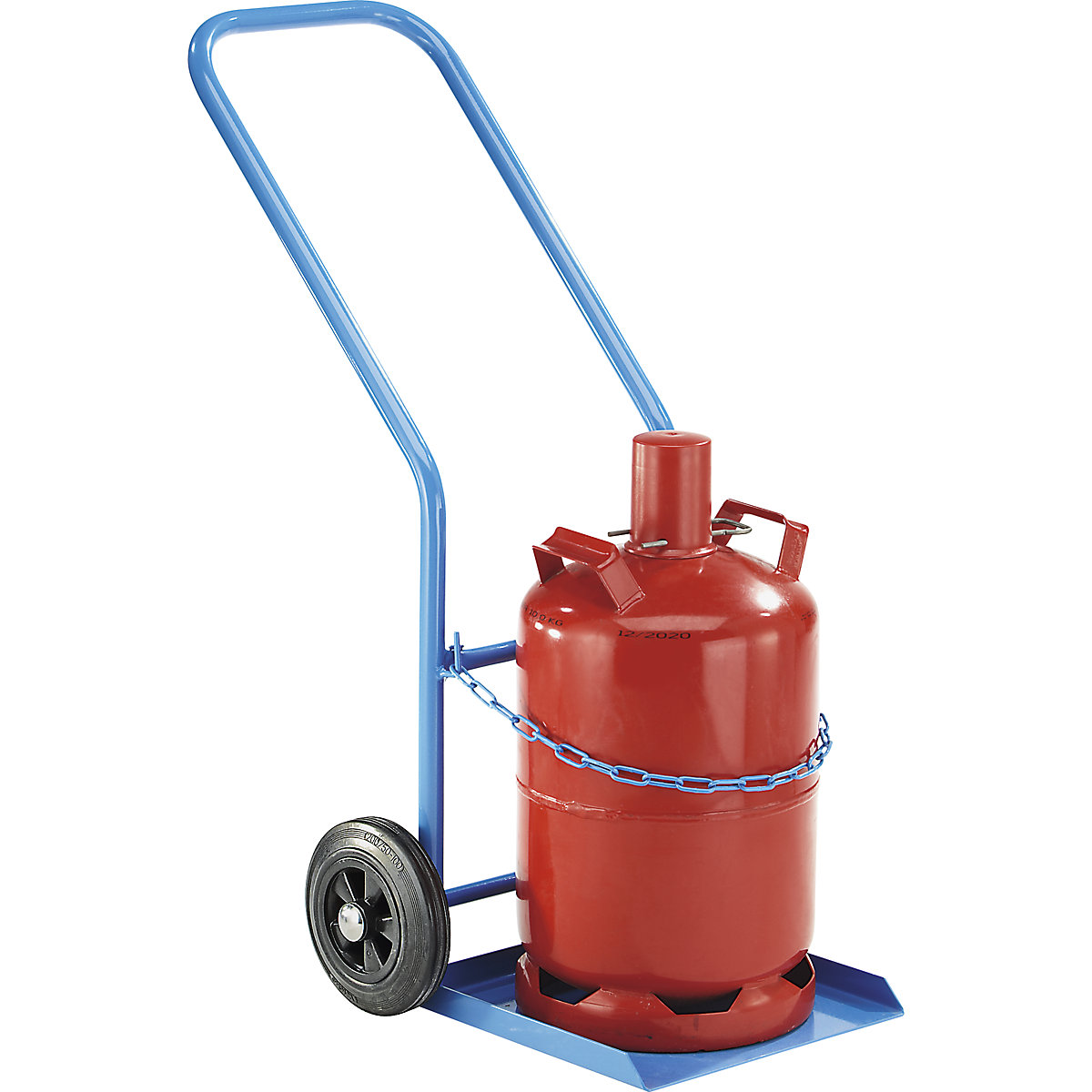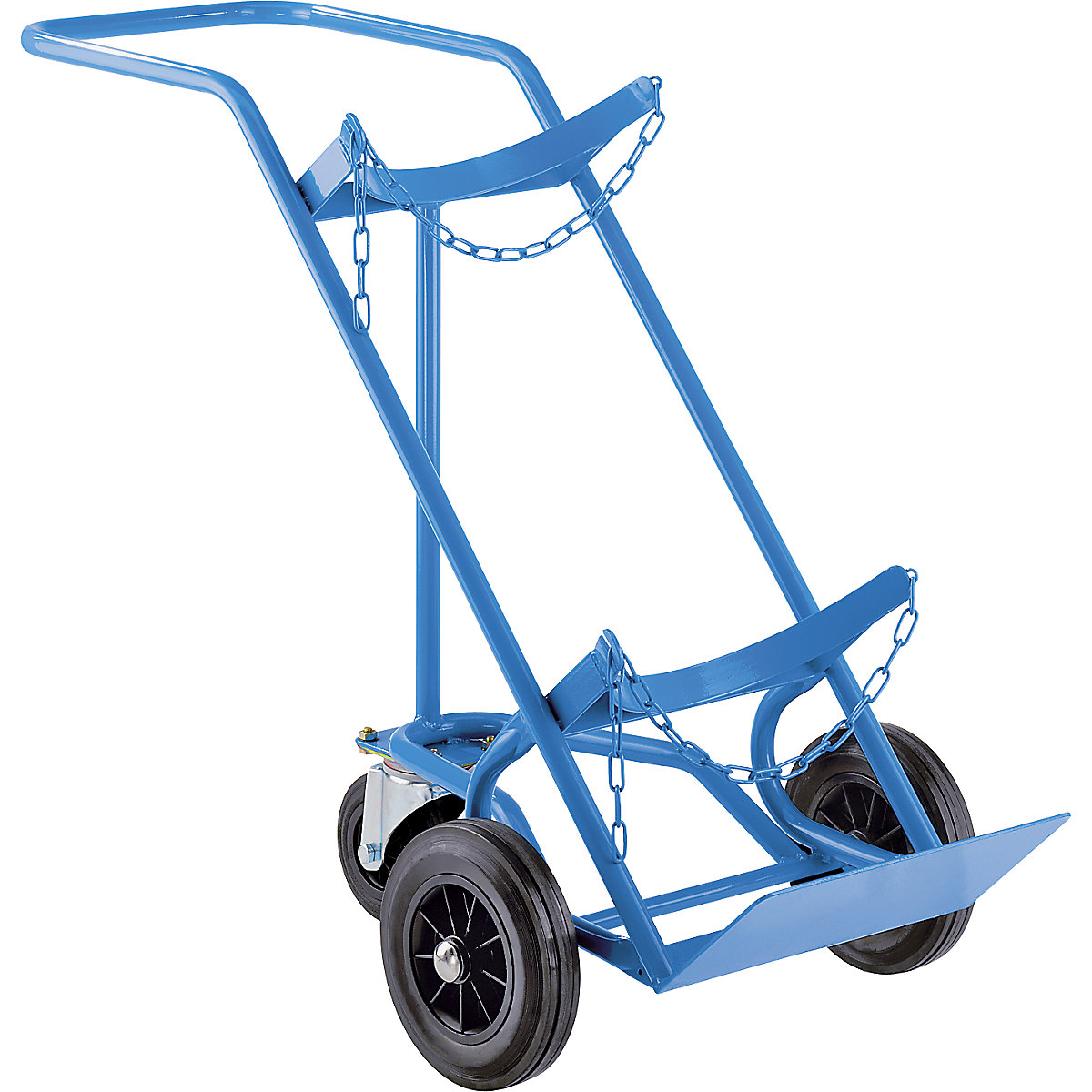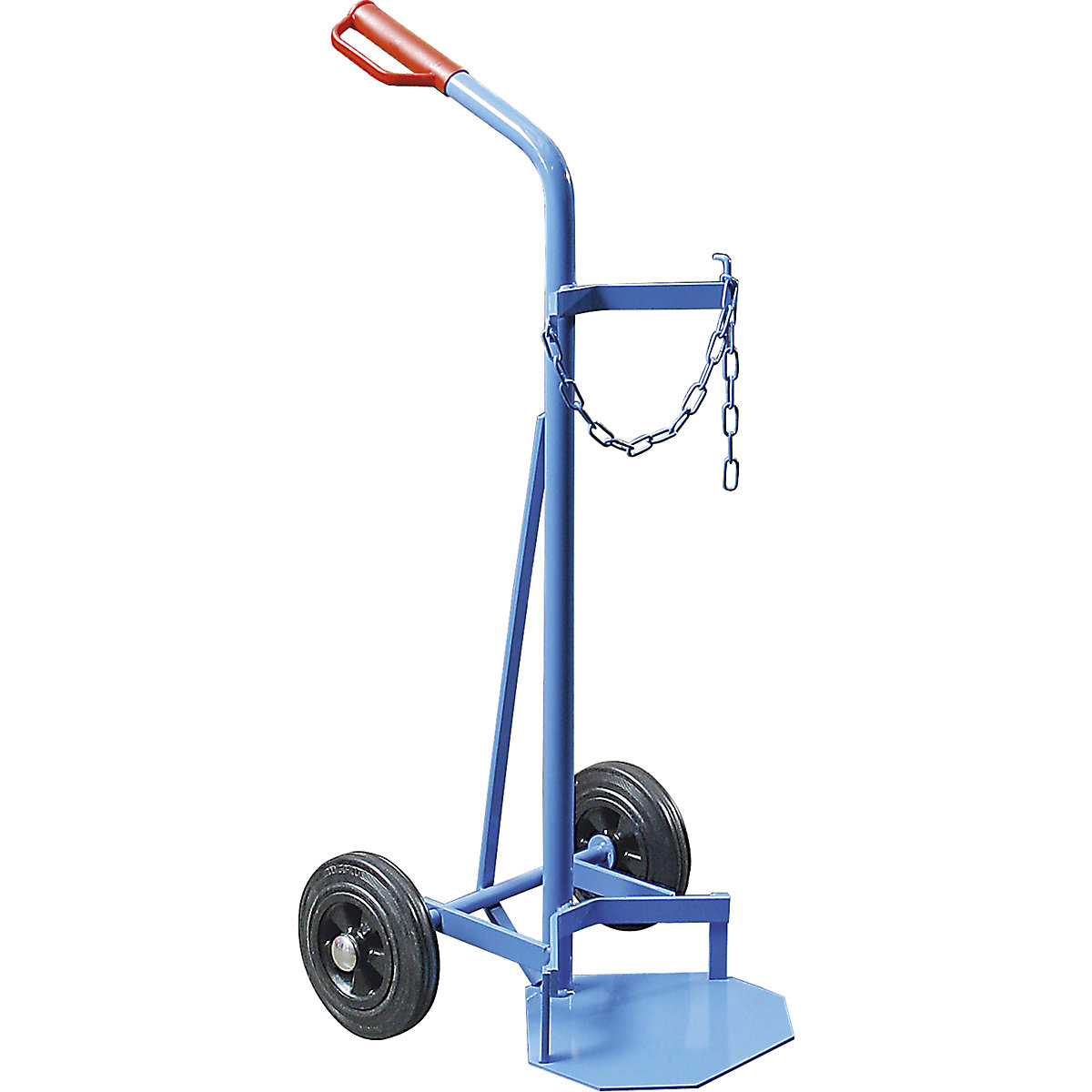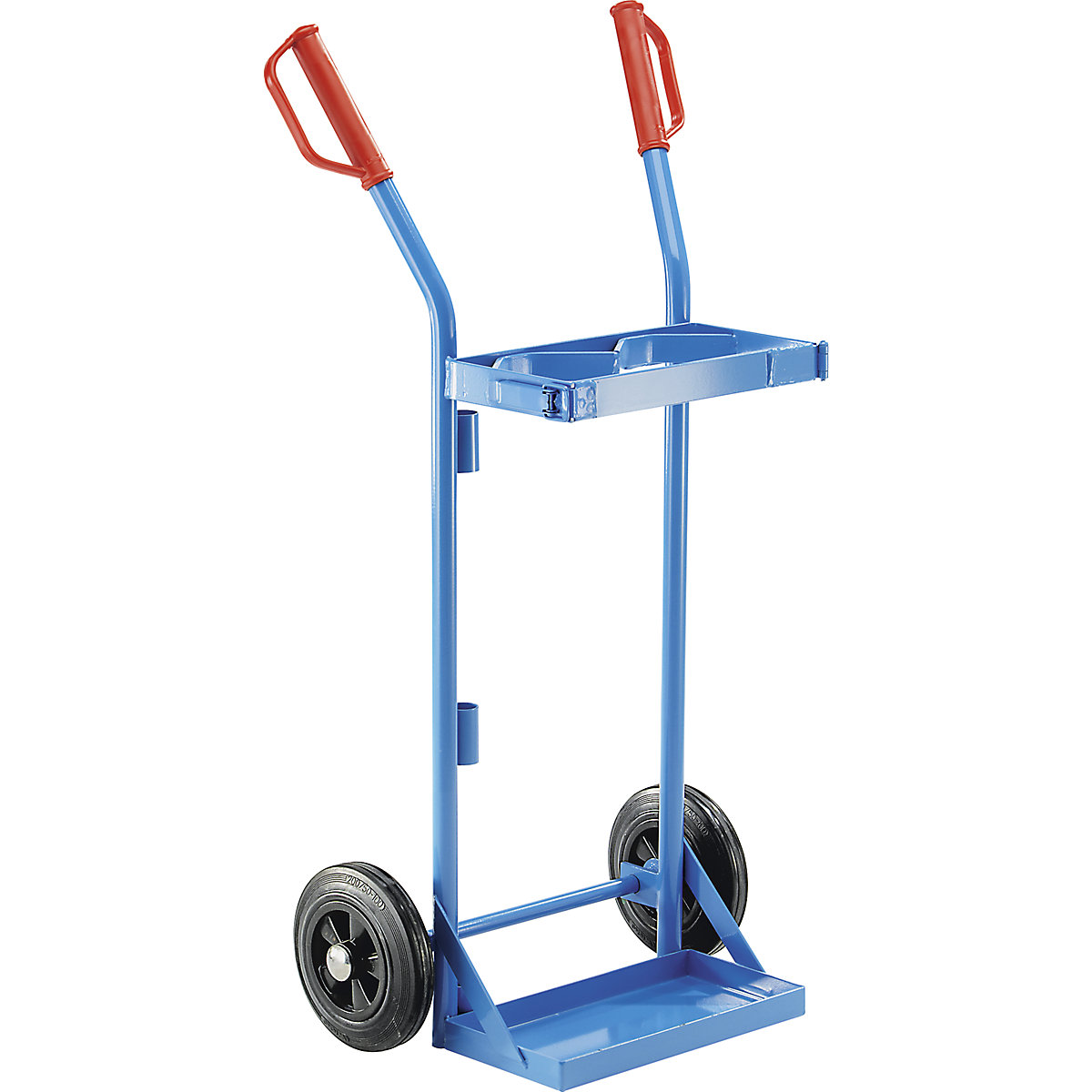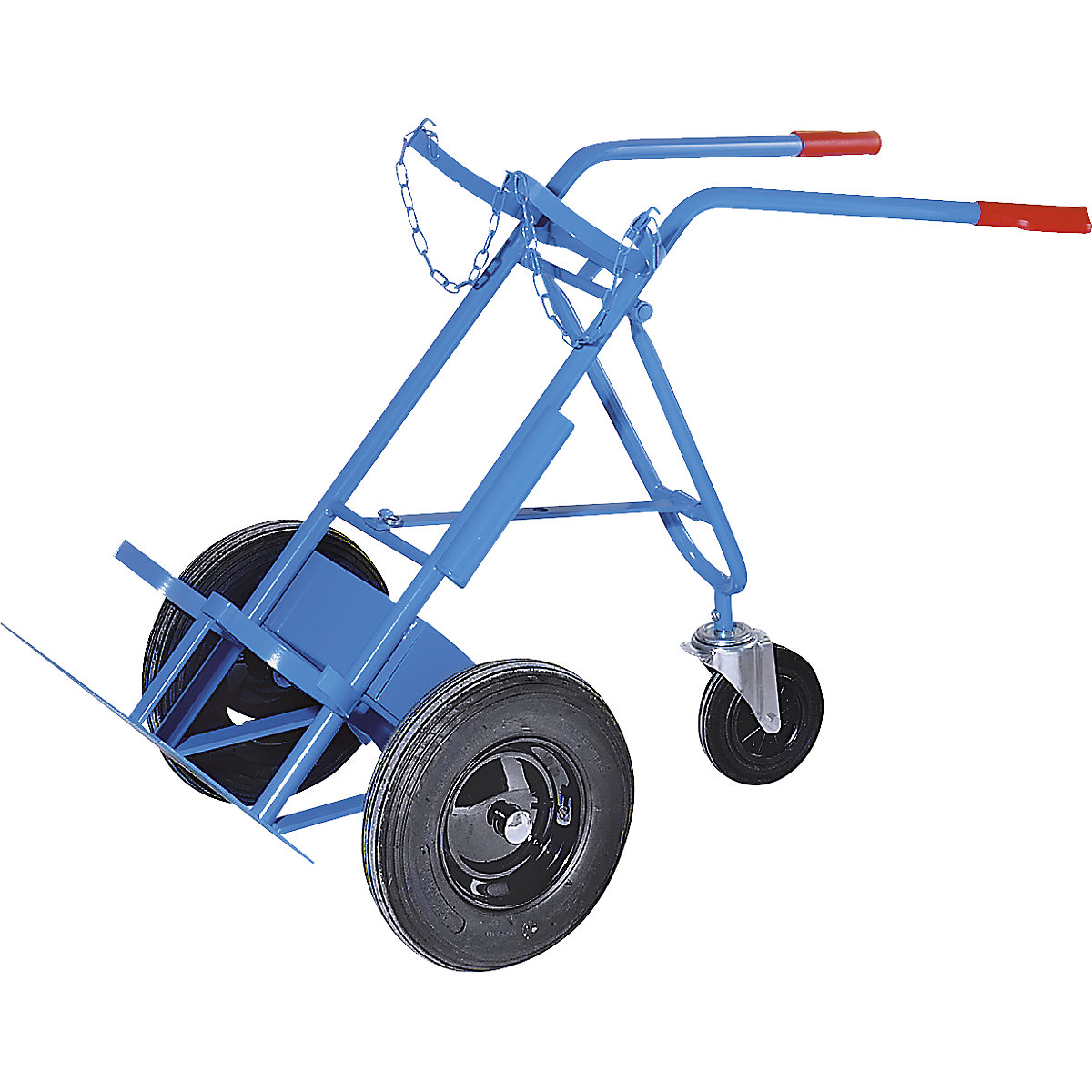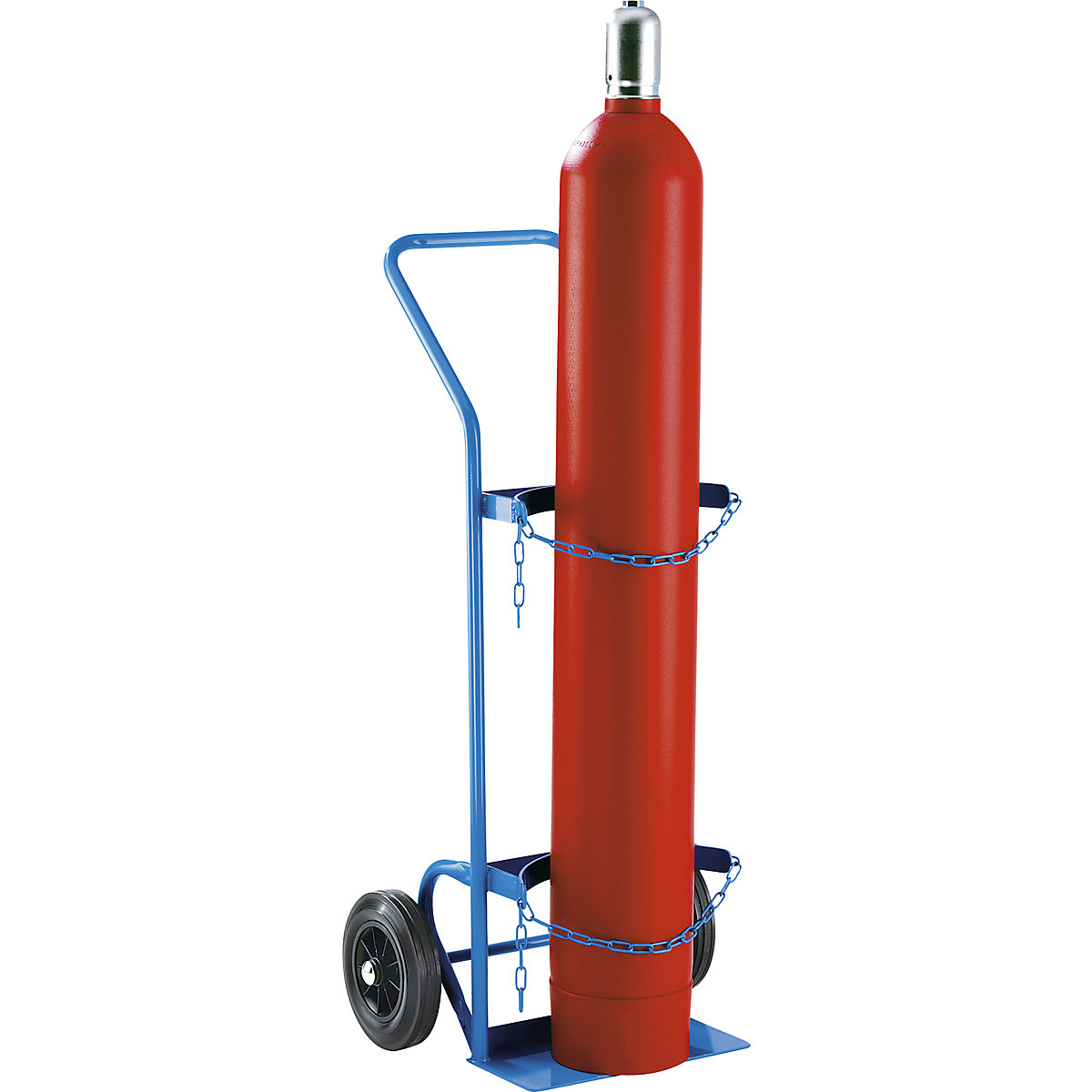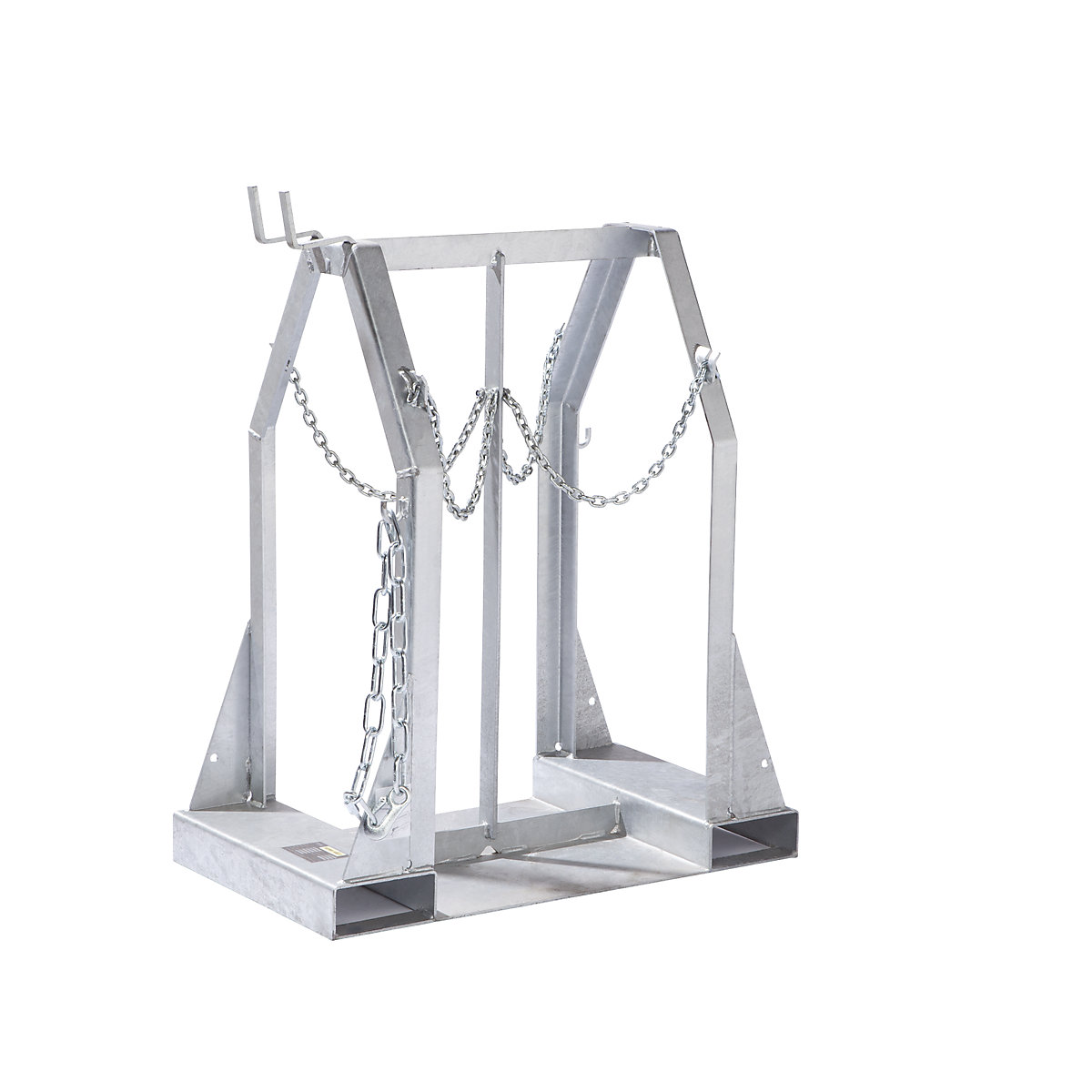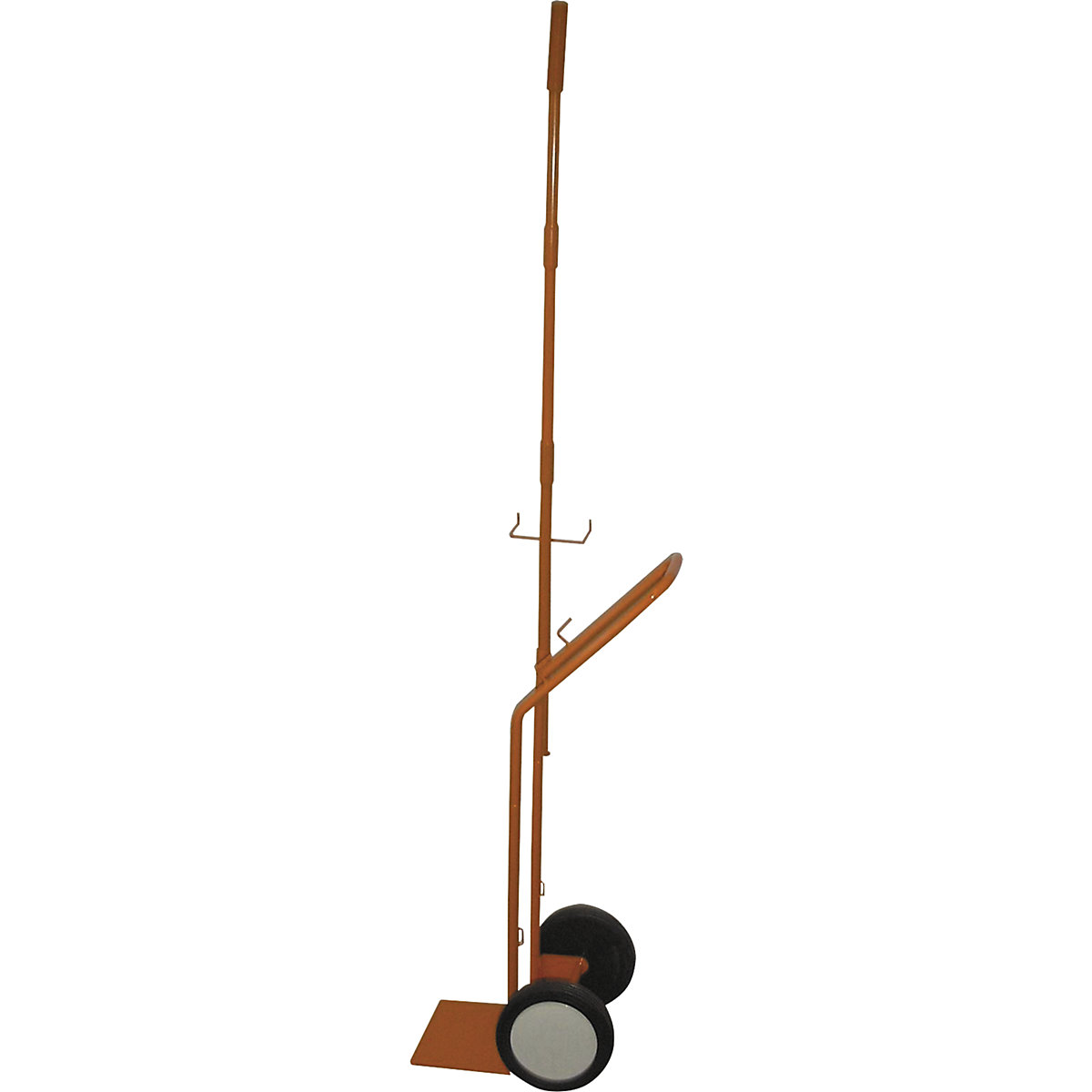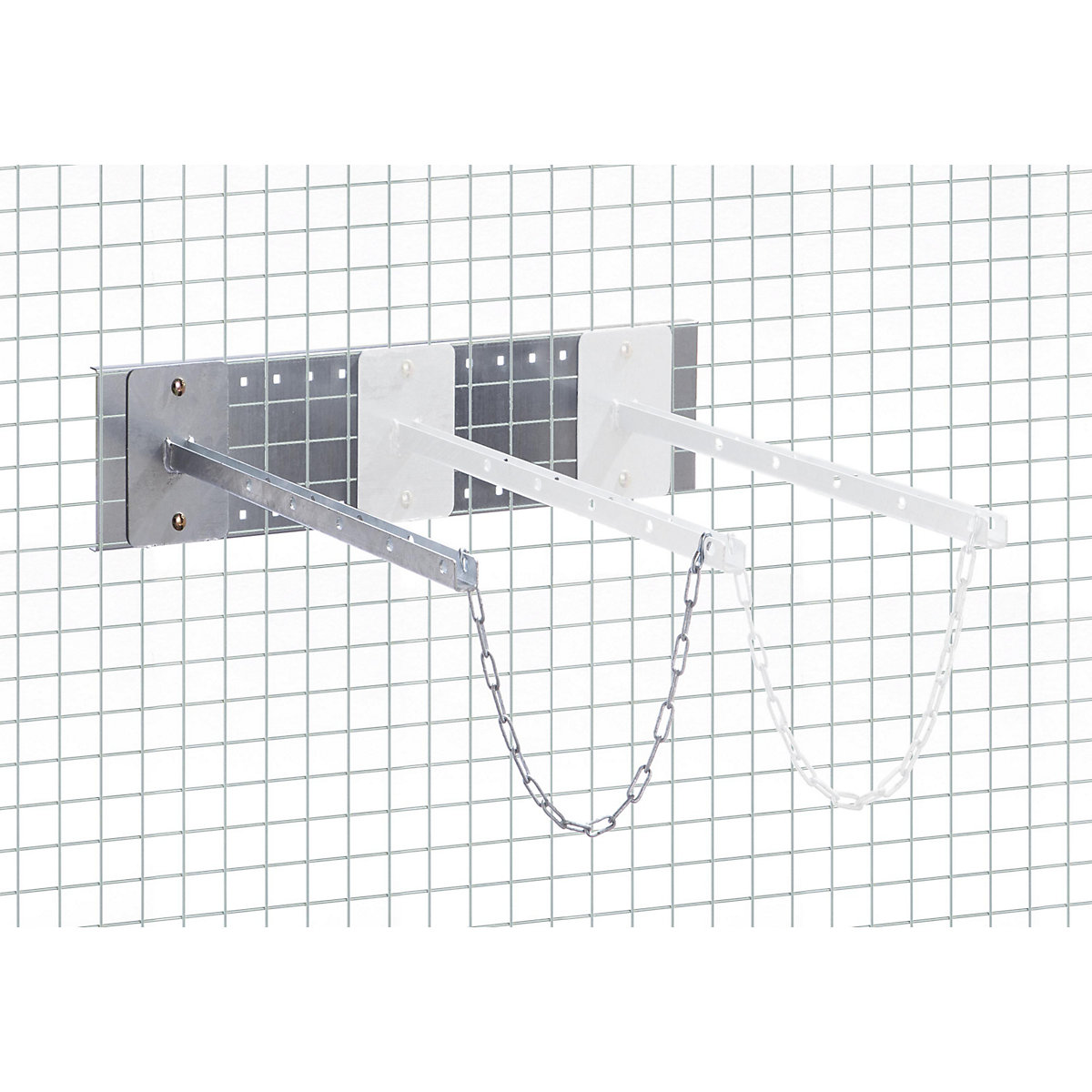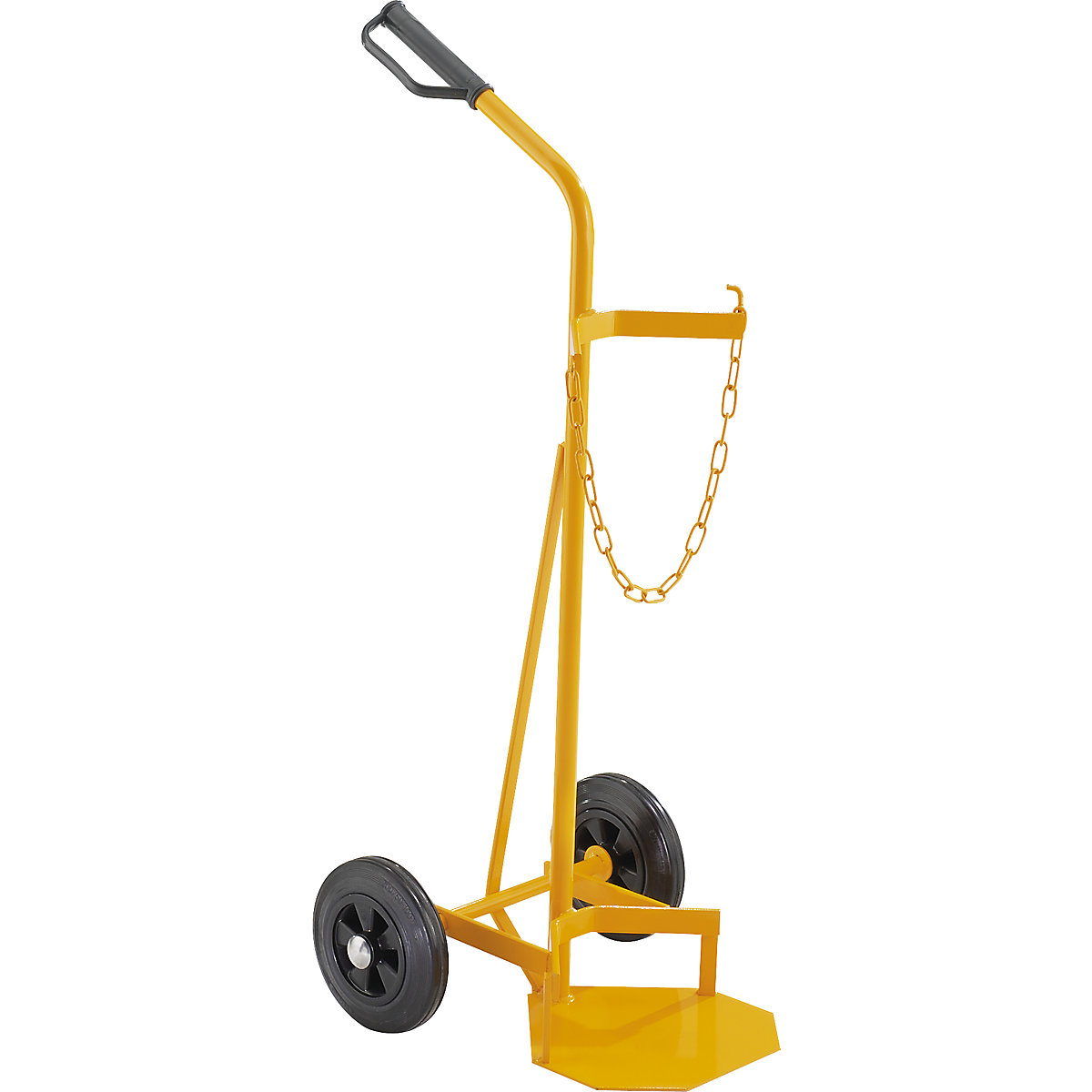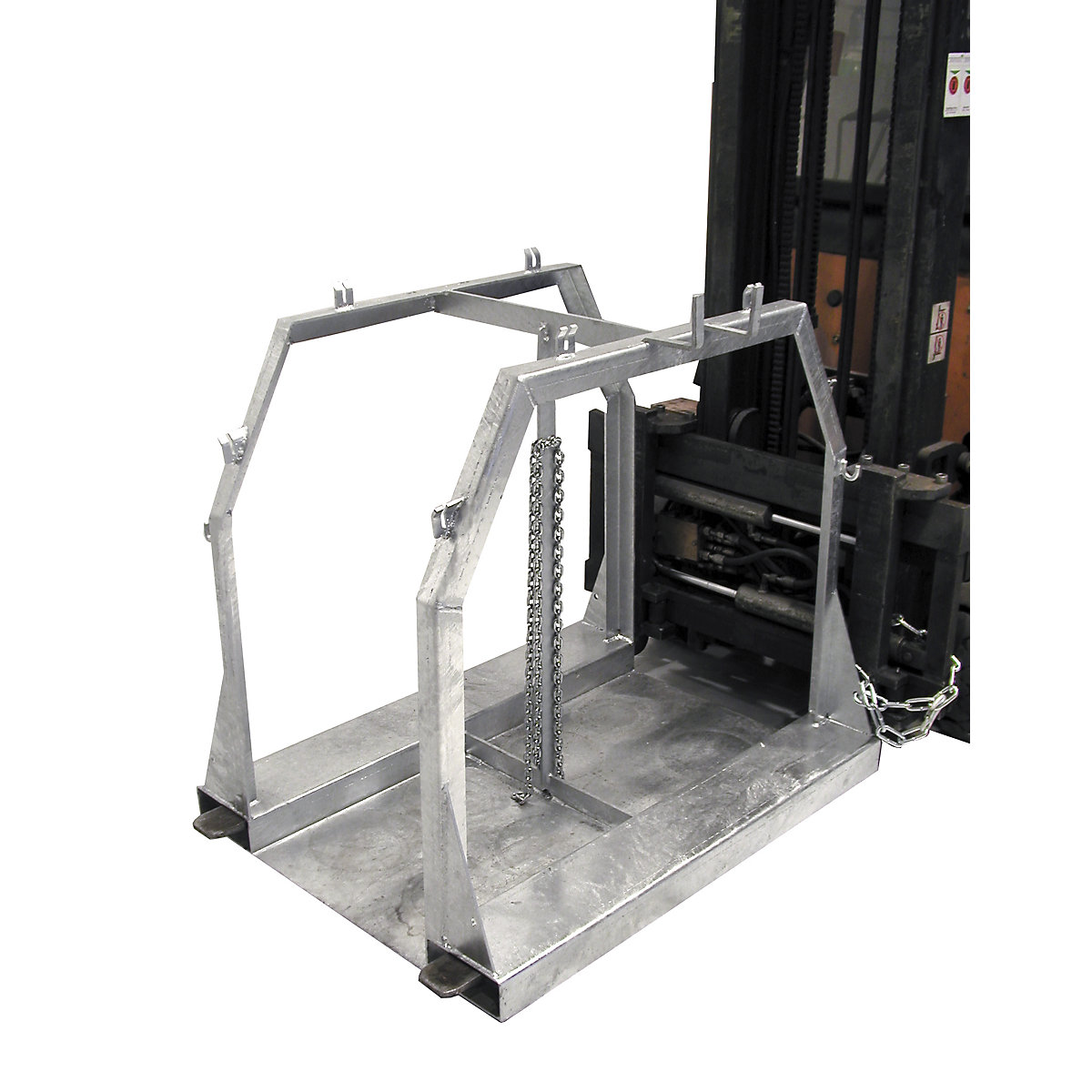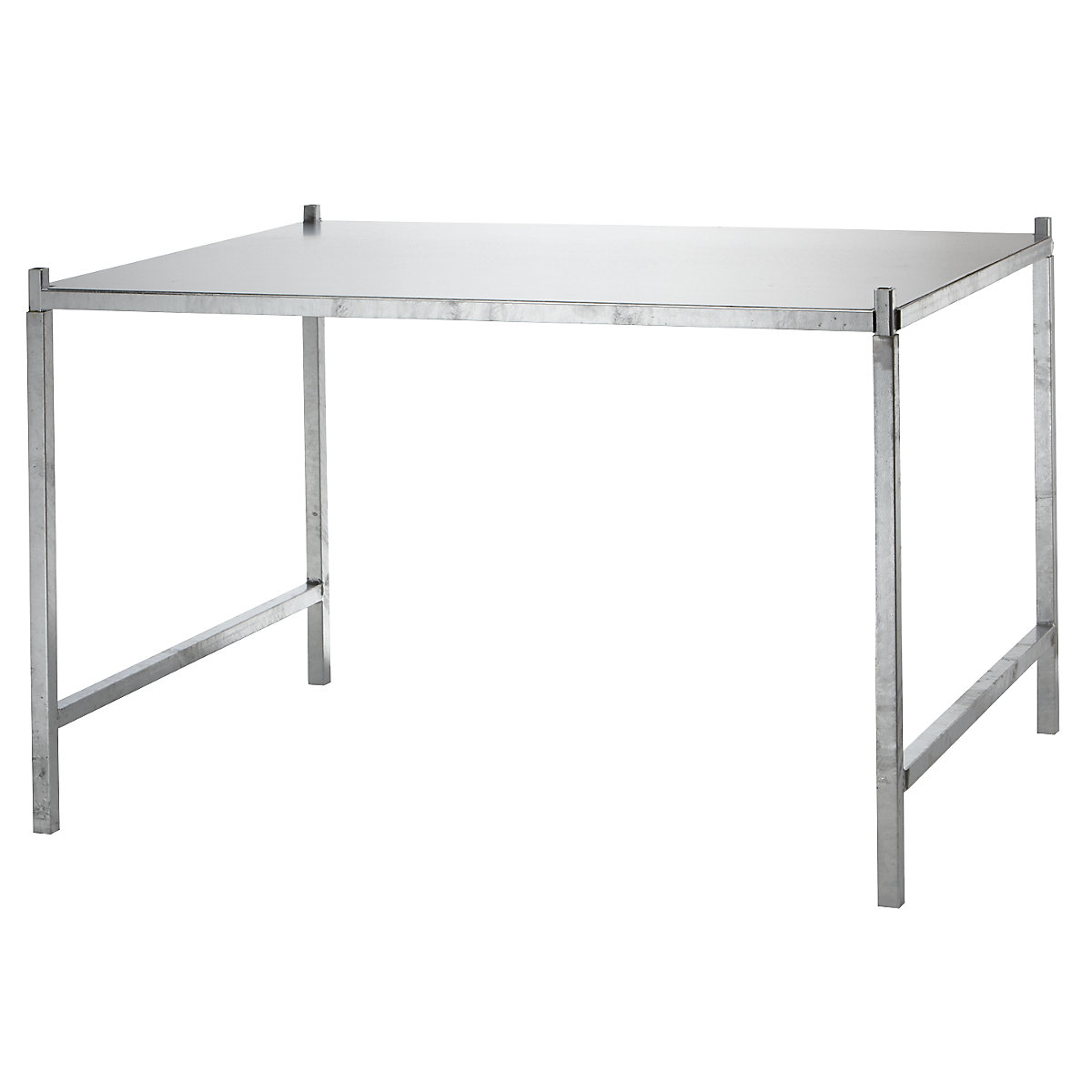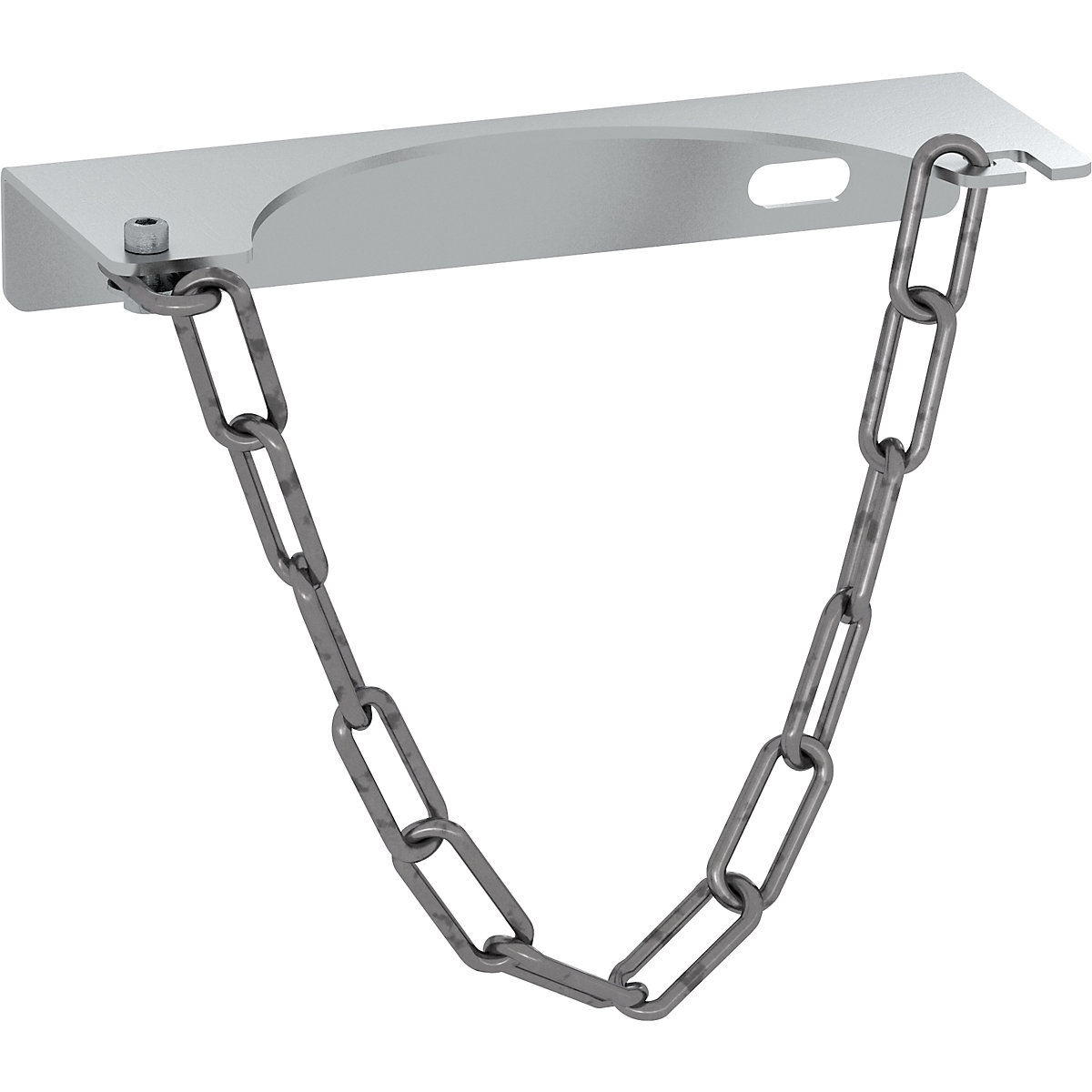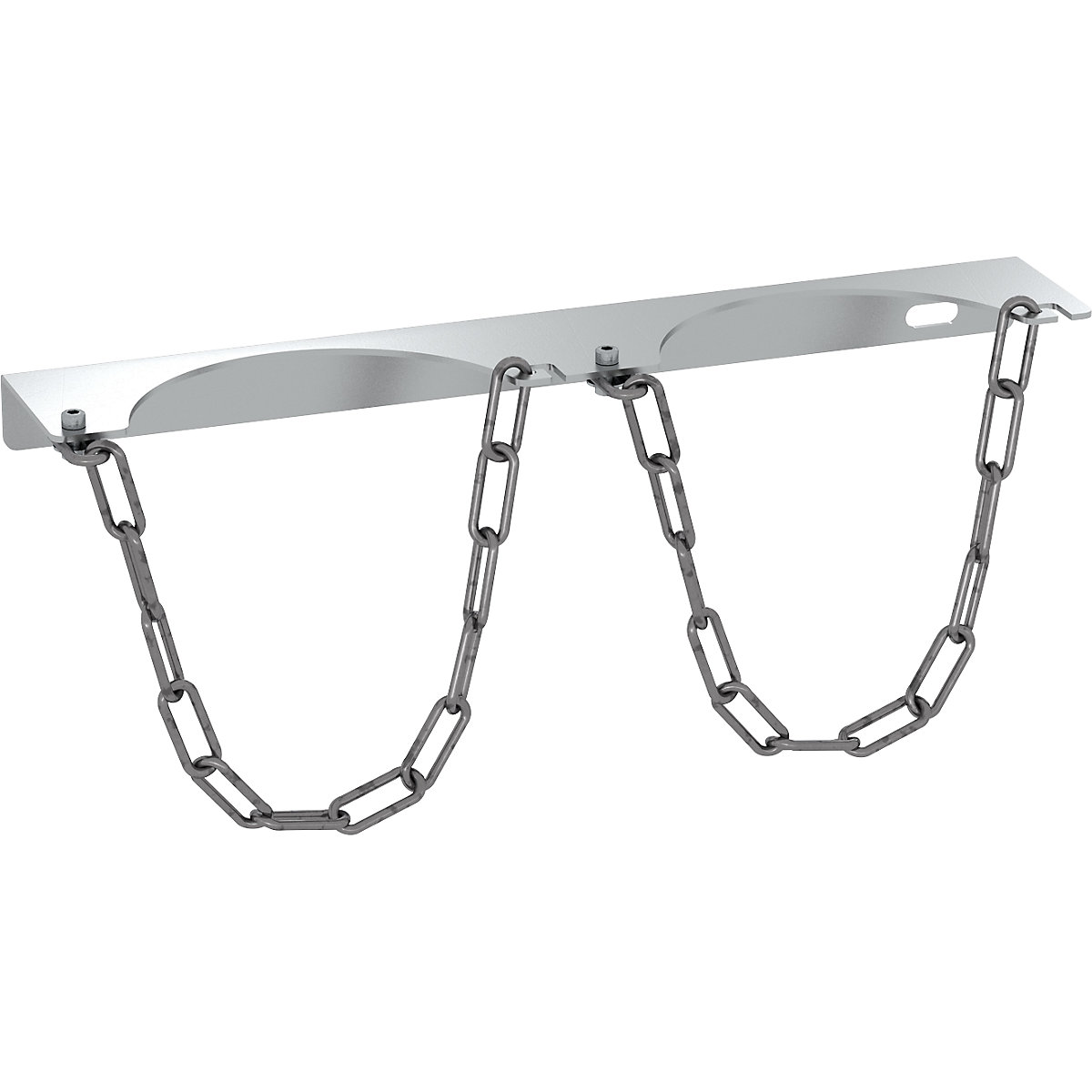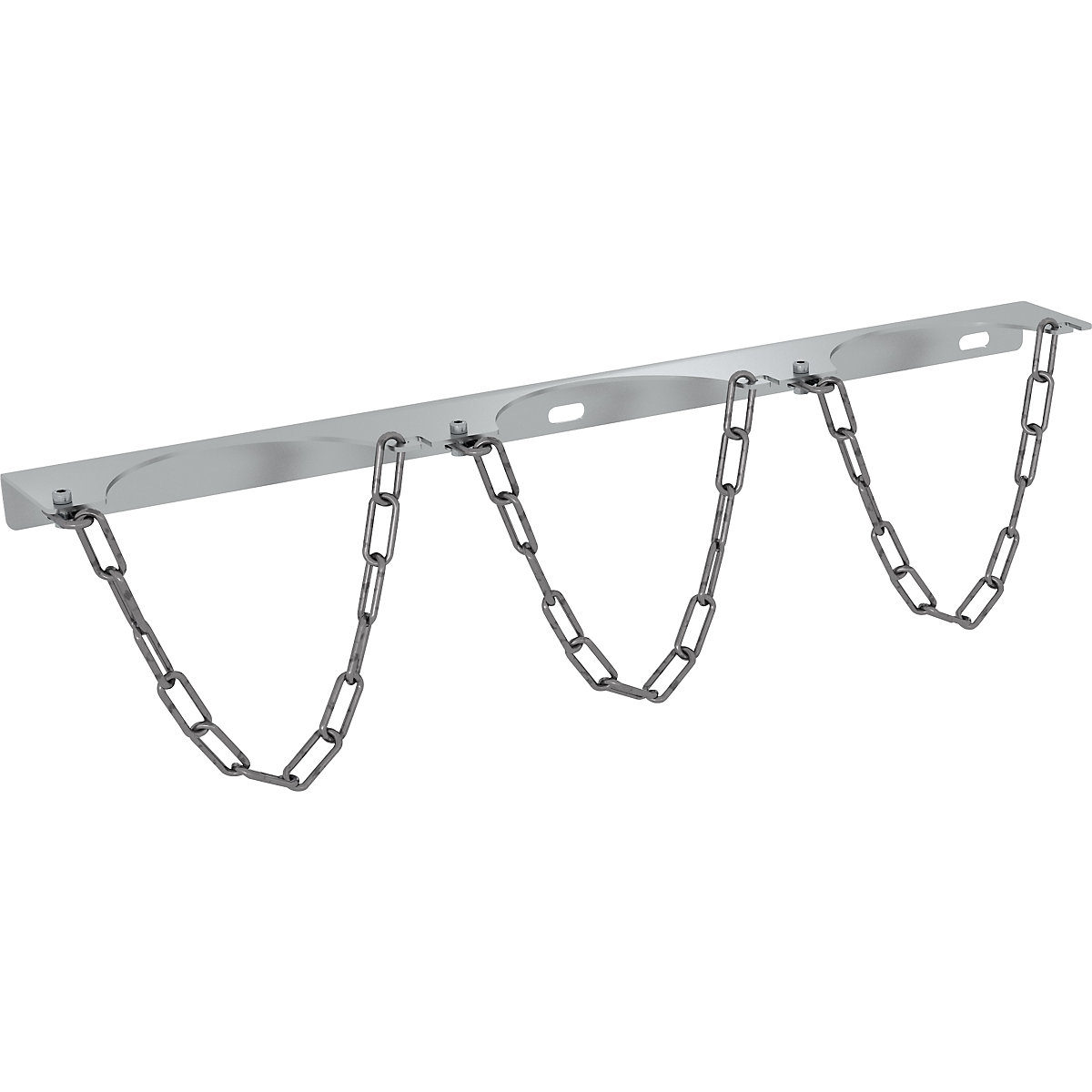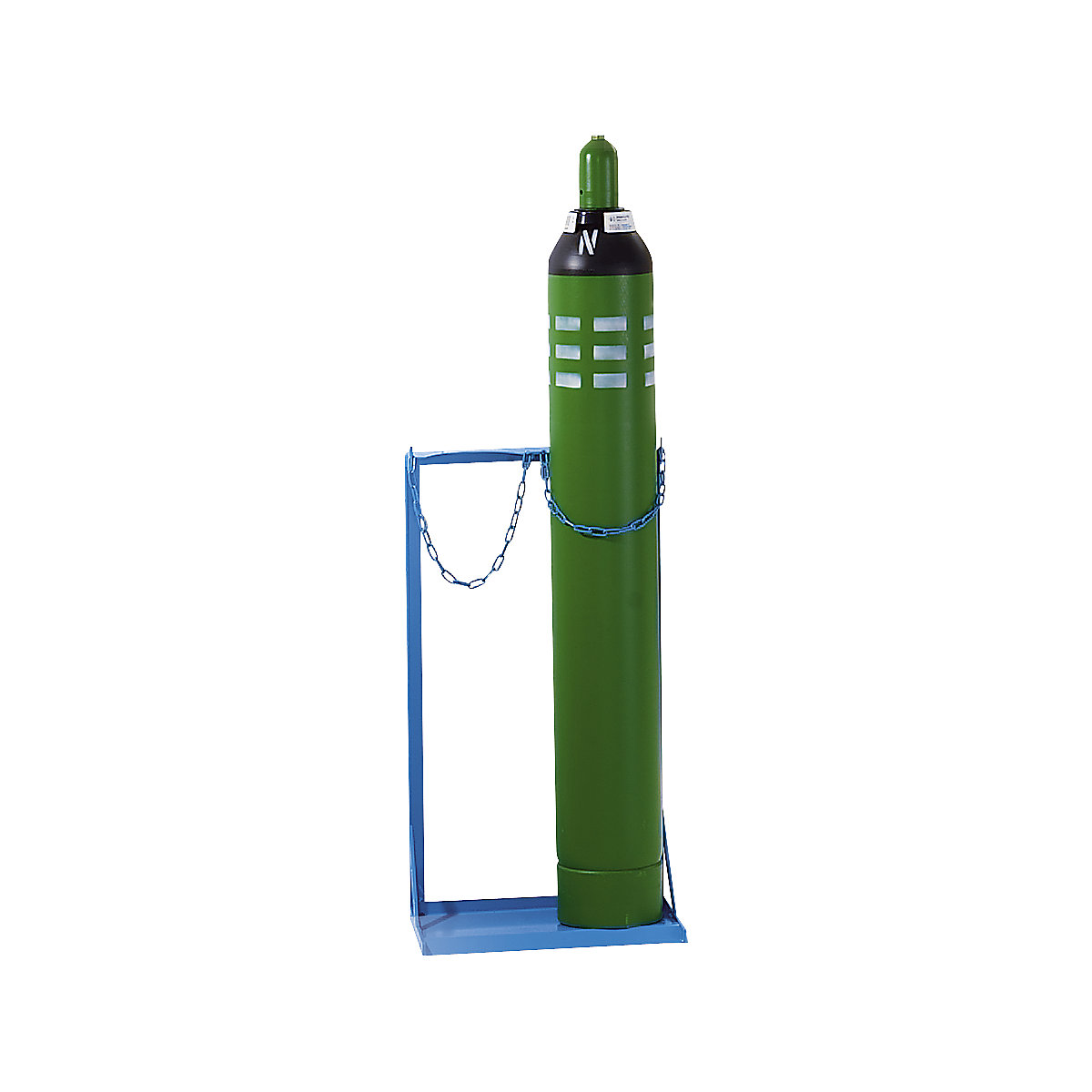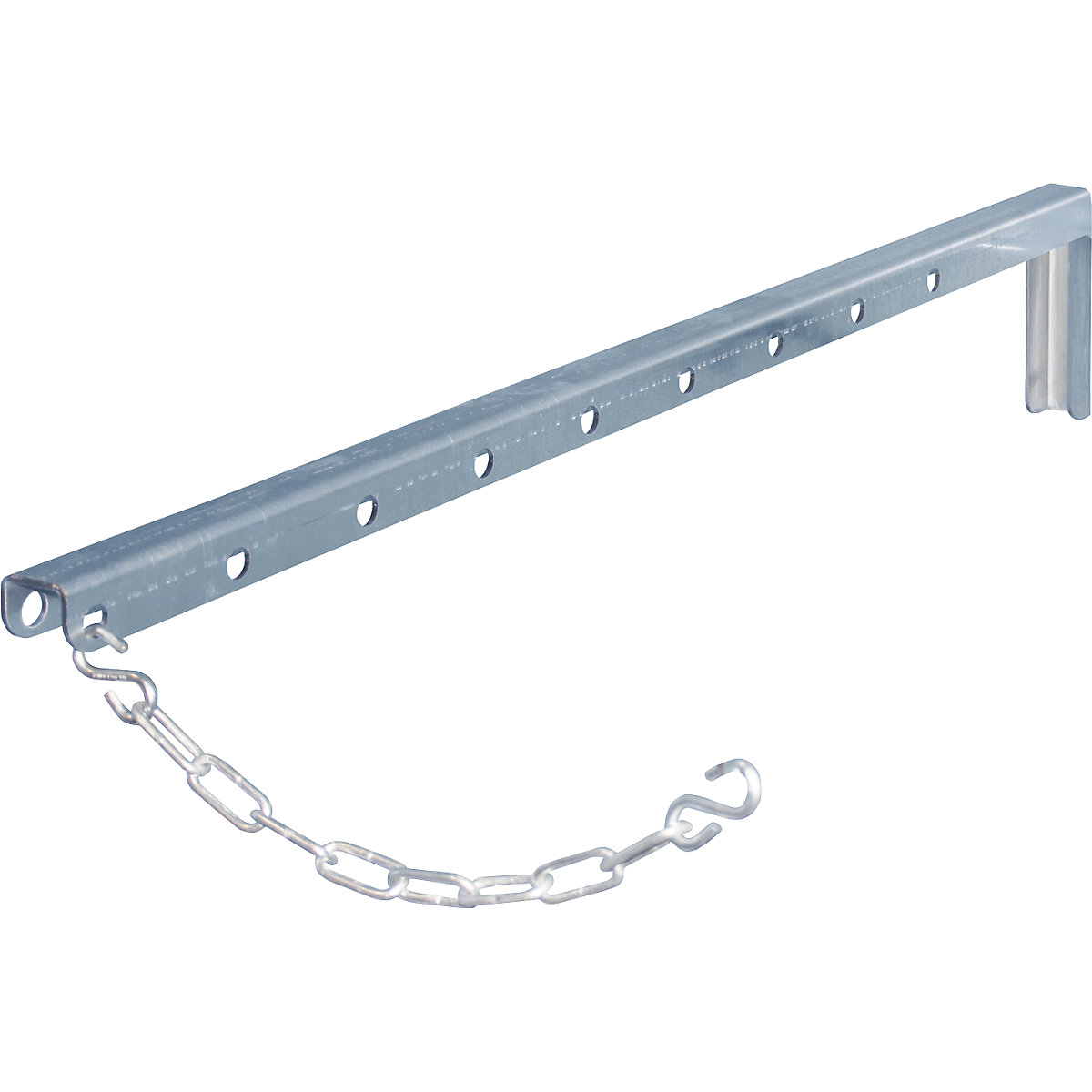Gas cylinder handling
There are many potential sources of danger when handling gas cylinders: if the cylinders are not adequately protected during transport, they can fall over and, in the worst case, explode. Of course, this applies to storage as well! This said, if you have the right, high quality products, such as gas cylinder lifters, gas cylinder holders or gas cylinder trolleys, then you’re helping to ensure that professional gas cylinder handling remains safe. Find out more now!
In the category Gas cylinder handling we offer you products of the following brands: eurokraft pro, eurokraft basic.
Gas cylinder handling: staying on the safe side
There are many regulations covering the storage of gas cylinders, and there are just as many that cover the way gas cylinders must be handled. Gas cylinder holders, gas cylinder lifters and similar products will keep you on the safe side. Not only when it comes to the law.
What does handling gas cylinders involve?
Gas cylinder handling covers all safety measures involved in using gas cylinders in the workplace. This includes transport as well as changing cylinders, and their storage or deployment at the workplace. In general, all these products for hazardous goods handling are designed to significantly reduce the risk of injury and accidents:
- Gas cylinder holders for wall mounting prevent thinner cylinders from tipping over during storage and when getting them ready for use.
- Gas cylinder trolleys and trucks with brackets and optimised ergonomics ensure safe transport of various types of gas cylinders.
- Gas cylinder pallets enable several cylinders to be transported safely by forklift truck.
- Gas cylinder shelving units optimise the way gas containers and drums are kept ready for use.
What needs to be observed when handling gas cylinders?
As is the case for long term gas cylinder storage, many regulations apply to the handling of heavy and flammable cylinders – including TRGS 510. In principle, damage to the cylinders and therefore any sudden escape of the pressurised gases must be prevented. This can occur both through the valve and the thin walls of the gas container.
A risk assessment and company training are the most important basis for gas cylinder handling. The training on how to handle gas cylinders must be repeated at least once a year.
The following applies for on-site transport of gas cylinders:
- Only transport with the valve cap screwed on and the valve closed tight.
- Only move them with protective clothing. Gloves and safety shoes are particularly important.
- Only move gas cylinders on transport equipment intended for this purpose. Do not roll, do not transport horizontally and do not carry.
- Persons and gas cylinders may not use a lift together.
- Gas cylinders must be secured wherever they are stored (for the short term) to prevent them from falling over or colliding.
- If gas cylinders are to be moved with cranes, this can only be done when the corresponding pallets are used.
If gas cylinders are transported on public roads, the ADR regulations for the transport of dangerous goods must be observed. Limits apply to the number of transport units and the payload. Load securing, labelling and trained drivers are also key factors in this.
For detailed information, you should study all relevant legal texts and guidelines. It also helps to take a look at our Information on regulation compliant storage of hazardous materials. If you have any questions, please contact us now.



